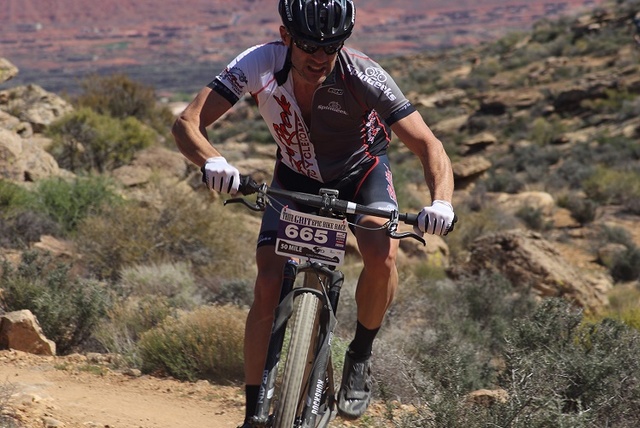Growth is seen in mountain biking
The global mountain bike market is expected to grow at a compound annual growth rate of nearly 10 percent, a newly issued report finds.
Global Mountain Bike Market 2017-2021 has been prepared, based on an in-depth market analysis with inputs from industry experts.
The projected compound annual growth rate of 9.84 percent covers the period of 2017-2021.
The report covers the market landscape and its growth prospects over the coming years. The report also includes a discussion of the key vendors operating in this market.
One trend in the market is mountain biking tourism acts as a catalyst for economic development. Mountain biking primarily focuses on off-road travel where the bikers ride on gravel, dirt roads, and uneven terrains to reach their destination.
“This is an environment-friendly industry that offers healthy, recreational, and non-polluting sustainable transport to the riders,” the report finds. “Mountain bike tourism helps to bring in revenue for the host community and region. People travel various destinations around the world for experiencing mountain biking.”
According to the report, one factor in the market is an increase in accidents and crashes, and related injuries.
Mountain biking is a popular and an exciting off-road adventure sport, which is witnessing an increase in the number of participants and competitions.
During the hike, the riders travel through uneven terrains and are highly prone to danger as they are unaware of the surface irregularities of the trail. Although various companies have developed safety equipment to enhance the safety of the bikers, they are still prone to both minor and major accidents as they are unaware of the terrain ahead.
Further, the report states that one challenge in the market is growth in the development of electric mountain bikes.
Continuous advances in mountain bikes in terms of design and technology have led to the development of electric mountain bikes. The electric mountain bikes help the riders to amplify the pedaling power, which makes mountain biking less exhausting for the riders.
It also helps in compensating the differences in performance as the stronger riders can prefer to choose a lower level of engine support or can switch off the engine. In case of uphill riding, other riders can choose a higher level of support from the engine to amplify the riding experience.

















